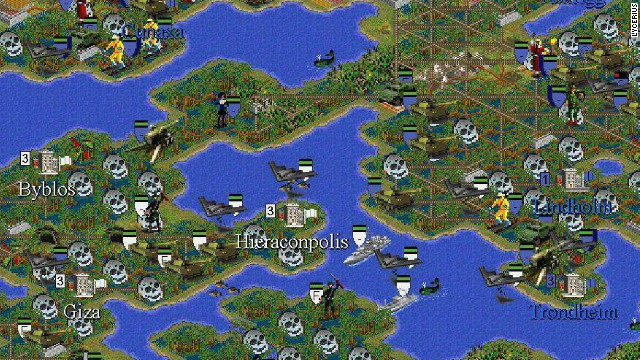My students recently mentioned an article about a man who played the same game of civilization for 10 years. Talk about addicting gameplay! This brings me to the question, what makes a game sticky? The answer seems to vary depending upon the genre.
For Social Games, stickiness is vital since the revenue model depends upon users returning frequently. Simply put, whenever a user goes back and plays, the more involved they are. This increases the opportunities to monetize, since a user who plays every day is much more likely to get to this point where they open their wallet, compared with those who visit once or twice a month never comes back. The key stickiness factor for social games, aside from being a great game, is the game's ability access to their friends via Social Media. Yet with such a reliance upon social media, the challenge for social games going forward remains how to deal with the constant changes in services of social media as has been seen in the myriad of Facebook updates to user terms and services.
For MMOs, stickiness boils down to community. The initial draw to a game largely revolves around the excitement and buzz of something new. Yet after the novelty of the game wears off, the user is no longer playing the game so much because they still find it fun, but simply because the user is more interested being a part of their circle of friends more than completing quests.
Of course, all sticky games have one thing in common: they are great games. According to Raph Koster, the mark of a truly good game is one that teaches us everything it possibly can before we grow tired of playing. This suggests that after 10 years of trying to bring peace to the world in the face of opposition from war-minded AI opponents, the game still had something to teach. So when designing for your game, remember that regardless of the platform, the first key to success begins with having something compelling to share with your audience.
